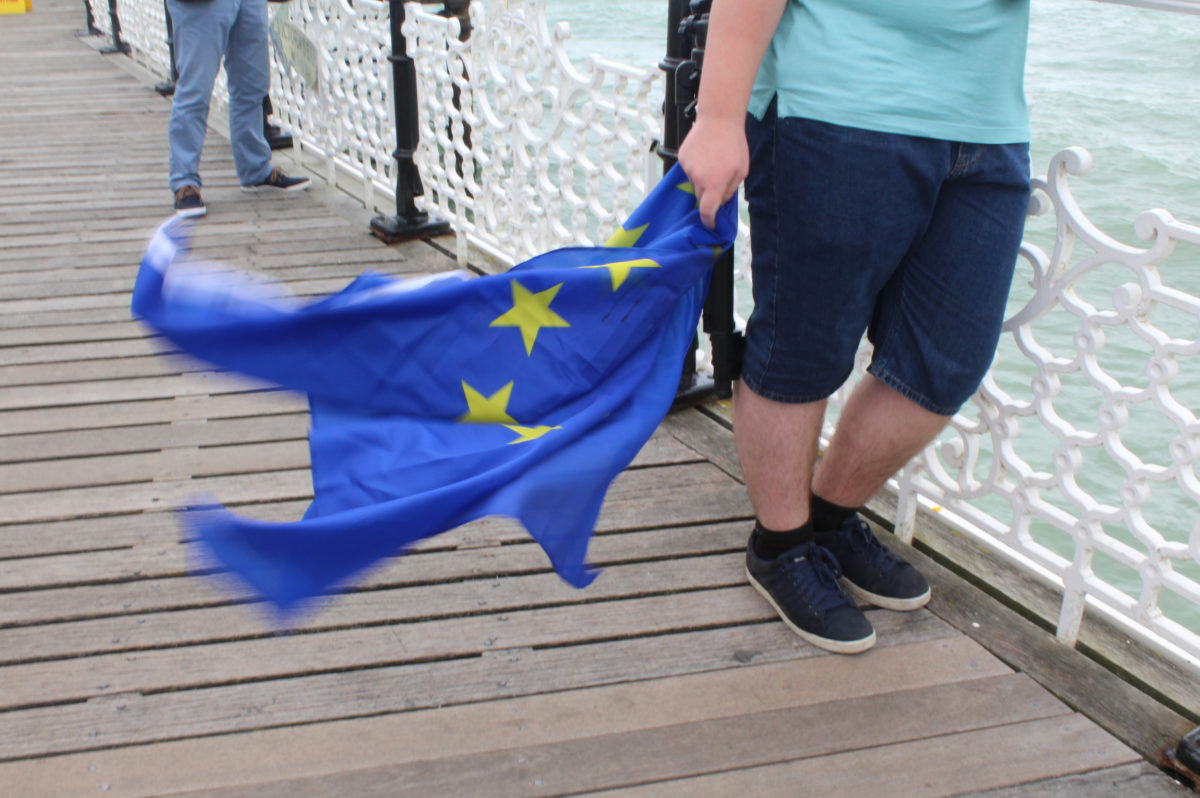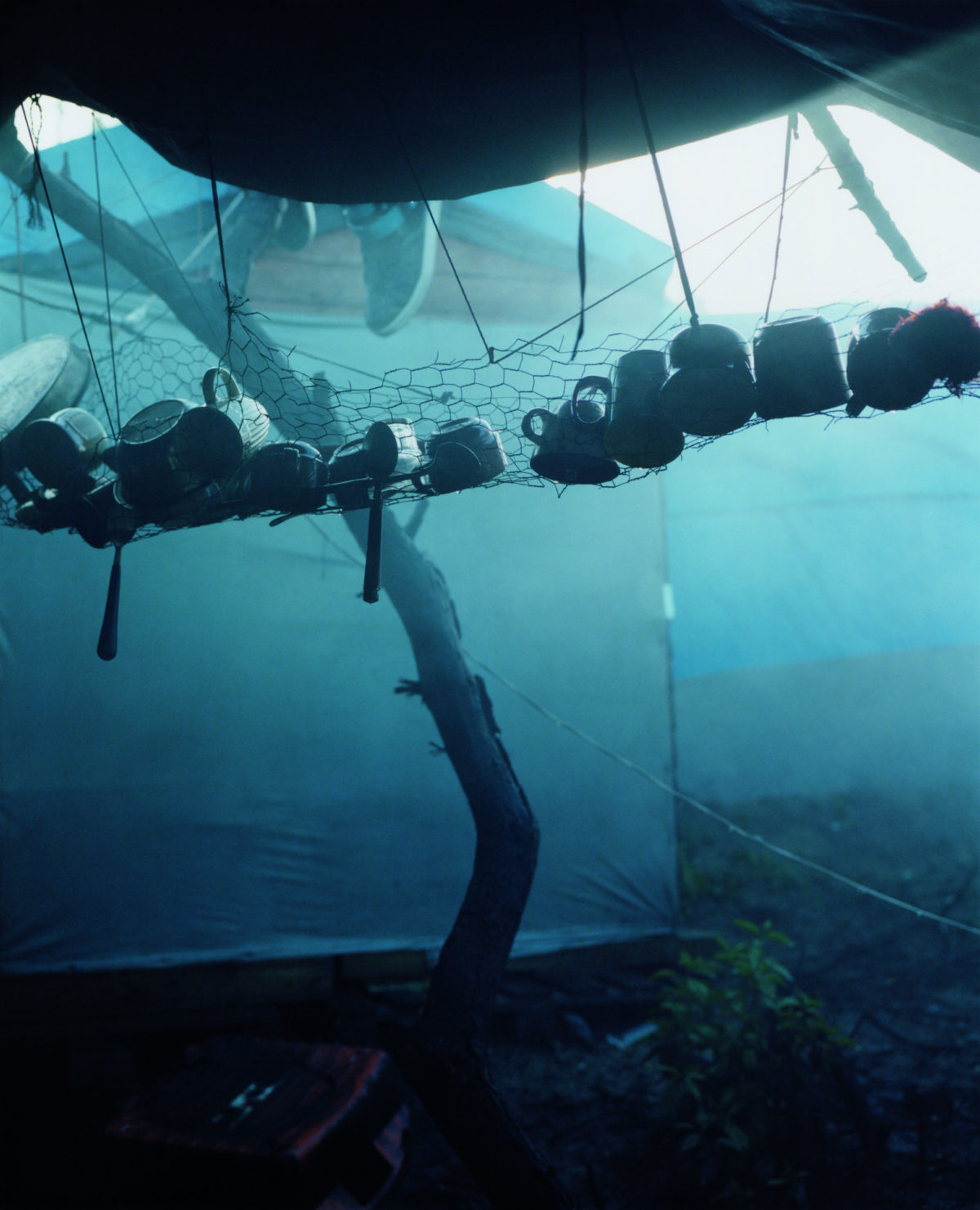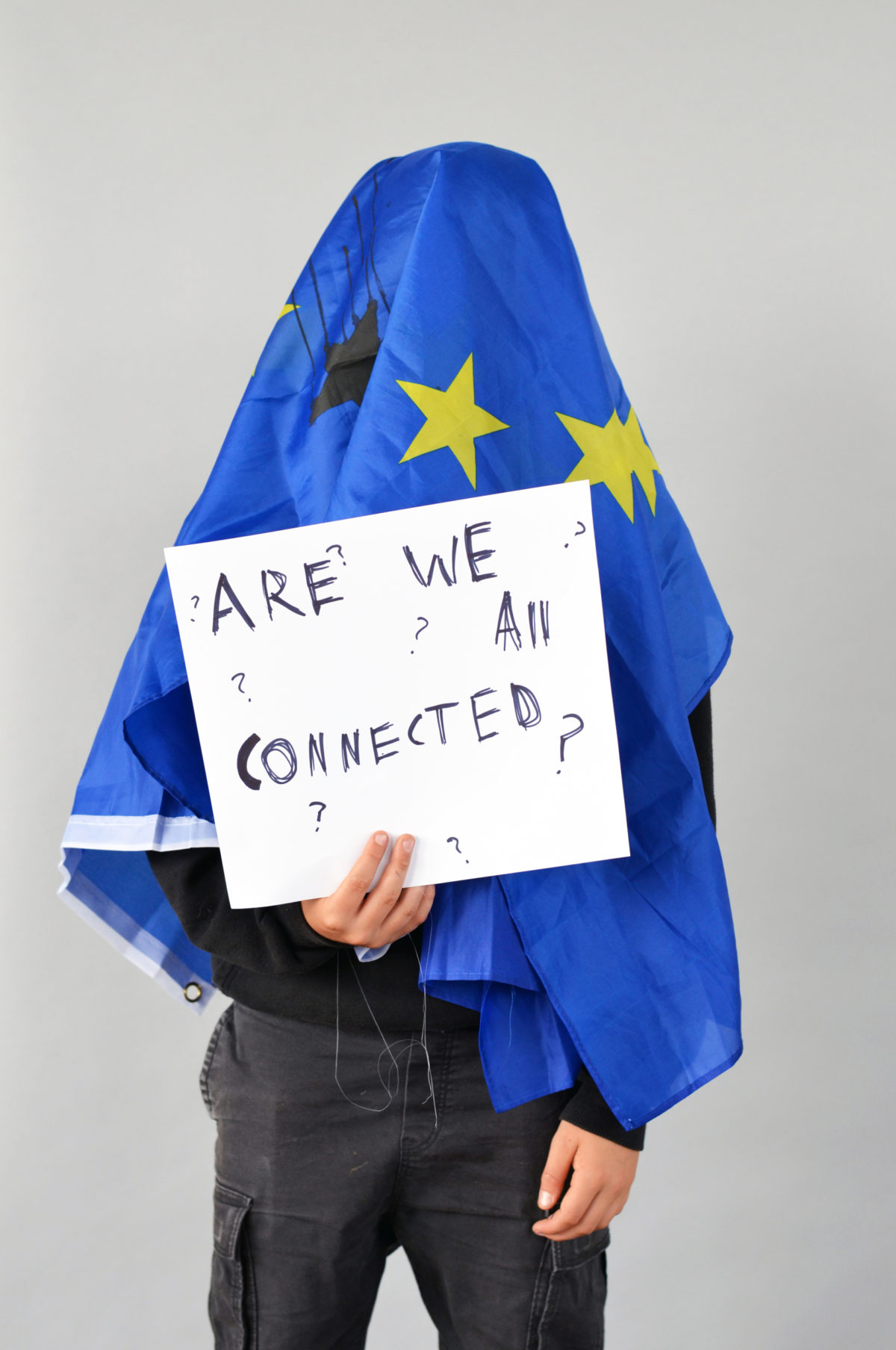Photography is ever-present at pivotal moments in our life, from a child’s initial steps to a first day at school; from wedding days to long-time reunions with old friends. In our travels and adventures, the arrival at an edge often evokes the use of a camera. Holiday photographs of cliff-edges, coastlines and summits are testament to this. Entrances – to cathedrals and theme parks, for example – also provide popular frames for expectant visitors. Whenever we arrive at a significant juncture, photography is often called upon.
What does it feel like to be on the edge of something? How does this affect the way we see things, and how might photography help us to document or reflect upon this?





